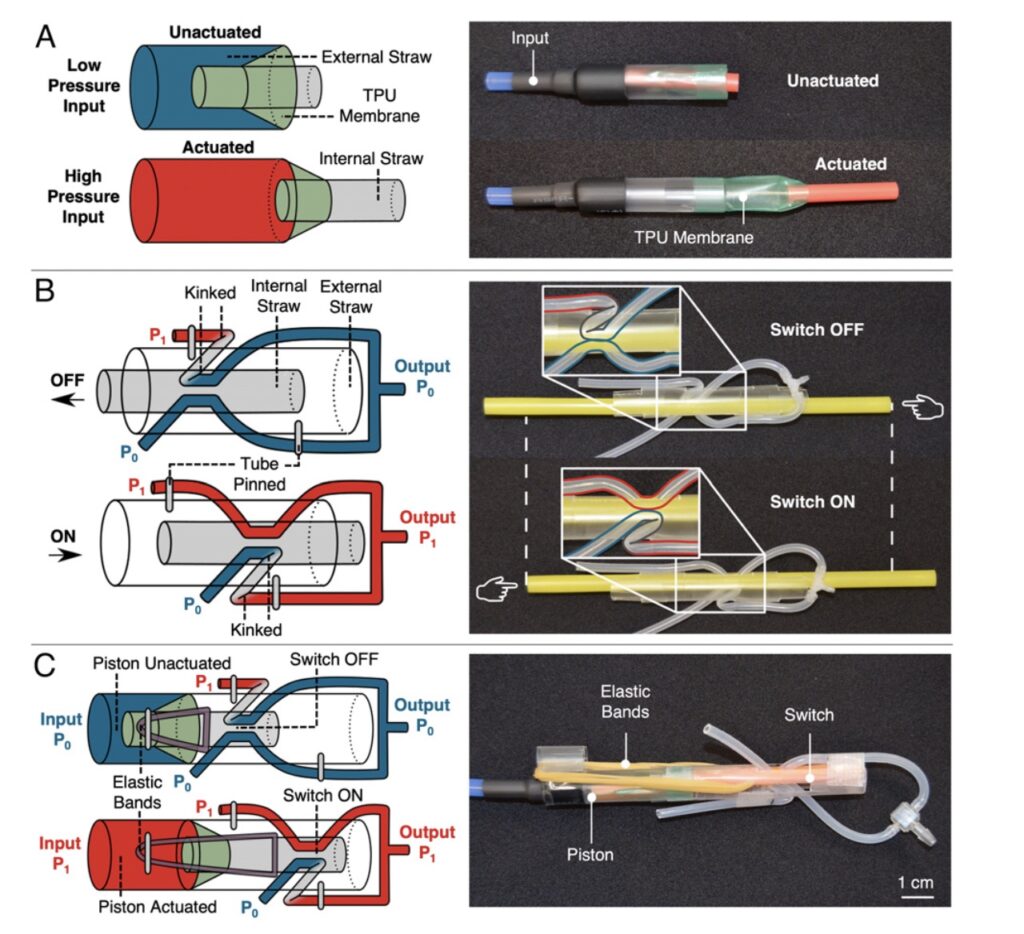Grants are often so peculiarly specific that you can’t help but believe them to be entirely accurate. Take this example: Worcester Polytechnic Institute (WPI) researcher Markus Nemitz is set to receive $599,815 to develop low-cost search and rescue robots. These machines are envisioned to swim, climb, and navigate confined spaces, and their efficacy will be tested on a scale model of the Thai cave where 12 students and their coach were famously trapped in 2018.
Two thoughts come to mind: 1. I’m tempted to drop everything to see if I can work with Markus and contribute to his journey. 2. I sincerely hope that he has access to much more than $600,000.
Nemitz elaborated on the project:
“Disasters often demand unique, specialized responses, such as was required for the Tham Luang cave crisis. There lies immense potential in the development of small robots that are quickly fabricated from soft, flexible materials. These robots can significantly aid rescue efforts by exploring areas that pose potential hazards to humans or are otherwise inaccessible, including earthquake debris, flooded regions, and even nuclear accident sites. Robots can go to places beyond human reach. Equipped with sensors such as microphones and cameras, these robots will enhance the capabilities of rescuers, especially during natural disasters. To ensure a dynamic and rapid response to emergencies, we must continually innovate and develop new technologies. Robotics is at the forefront of this development.”
The funding is a CAREER award from the National Science Foundation, intended to stimulate young researchers. The 3D printed robots will be soft and made to order, embracing the emerging field of soft robotics.
 Another Paper which looks at soft robots for oil and gas.
Another Paper which looks at soft robots for oil and gas.In this case, the 3D printed robots will possess “mechanical intelligence, embedded fluidic circuits, and flexible electronics,” enabling them to meet demanding missions. Reading between the lines of the grant, it’s clear the mission extends beyond simple rescue efforts. In fact, Nemitz’s earlier work was even sponsored in part by the Army. A headline like ‘Adorable, Soft Cave Rescue Robot’ is more appealing than ‘3D-Printed Killer SEAL Robots Targeting America’s Enemies.’
 Another paper showcasing a soft piston.
Another paper showcasing a soft piston.The aim is to leverage soft robotics’ inherent robustness and versatility, creating something more akin to a flexible jellyfish than a clunky machine that requires a number of sensors. These robots could use fluidic logic to trigger actuators, responding naturally to gravity and obstacles. Using 3D printed channels, gates, and valves, calculations and actuation could create intricate and powerful arrangements. This approach draws inspiration from previous work such as Octobot from Harvard’s Wyss lab and Hod Lipson’s research. Markus’s robots will also include “multi-stable flexing beam structures with integrated linear actuators and fluidic tubing.”
 Another paper showcasing the movement of a more octo inspired arm than we’re used to
Another paper showcasing the movement of a more octo inspired arm than we’re used toWhile microfluidics might be considered a “brain” for these robots, they will also be equipped with flexible electronics. It’s almost disappointing that microfluidics won’t handle everything, but the team is working to minimize electronic usage. Furthermore, Markus plans to demo his technology to high school students and even teach a course on 3D printable robotics. Back in 2017, I wrote an article on 3D printed soft robotics, concluding that most soft robots were conceptually amazing but seemed to serve no real purpose. Since then, we’ve seen some development, but little else. Hopefully, with work like that of WPI, we’ll begin to see the sector truly break out of the lab.
Subscribe to Our Email Newsletter
Stay up-to-date on all the latest news from the 3D printing industry and receive information and offers from third party vendors.
You May Also Like
Wisconsin’s Evology Adds Digital Sheet Forming to Service Roster
Evology, a service bureau based in Wisconsin and specializing in serving strategic sectors like aerospace and defense, has added digital sheet forming (DSF) to its repertoire of manufacturing capabilities. Evology...
Boring Company Alum Score $9M for Advanced Composites Manufacturing
Layup Parts, a Huntington Beach, CA-based startup specializing in on-demand manufacturing of parts made from composites, has received $9 million in its latest financing round. Founders Fund, the VC firm...
Industrial Giant Ingersoll Rand Leads $19M Round Backing Inkbit’s AI-Driven 3D Printing
Inkbit, the Massachusetts-based original equipment manufacturer (OEM) of multi-material, AI-integrated 3D printers, has closed a $19 million financing round. Ingersoll Rand, a US giant in the industrial equipment sector, led...
3YOURMIND & Nigerian Oilfield Services Firm RusselSmith Team Up on 3D Printed Part Inventory
3YOURMIND, the German and U.S. software services provider specializing in digital inventory platforms for additive manufacturing (AM), has partnered with Nigerian oilfield services firm RusselSmith to digitize spare part files...
































